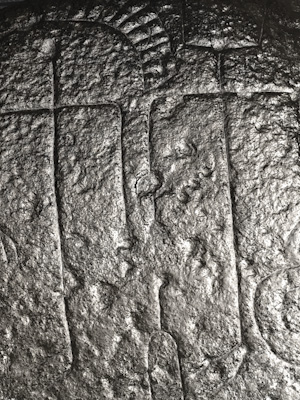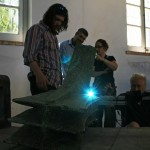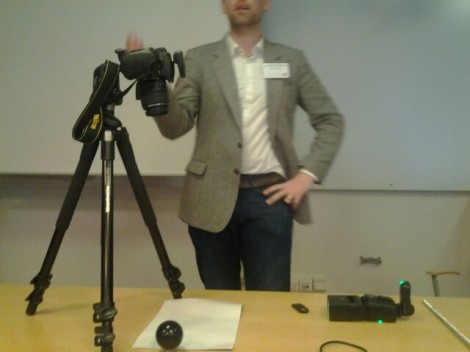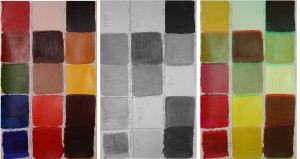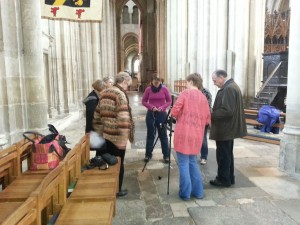Following our successful experimentation with microscopic RTI and multispectral RTI, we develop a transmitted RTI methodology, inspired by transmitted photography, a set-up proposed for conservation documentation of translucent materials, canvas paintings, mounded papyri, photographic material, and works of art on paper or archival material. The transmitted RTI provides an enhanced RTI visualisation, complementary to reflected visible and infrared RTI.
Continue reading →

